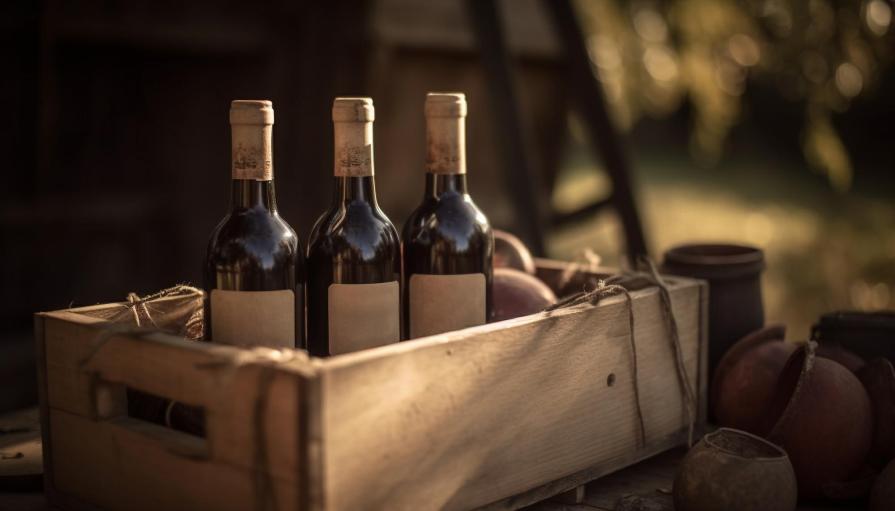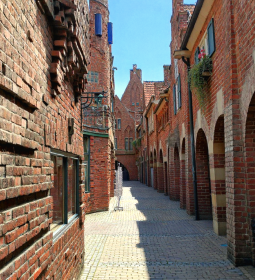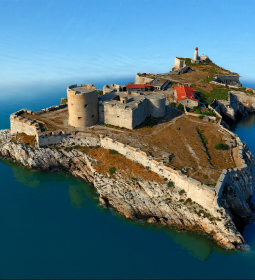There is such a trait in many people - to outwit others, to circumvent the established restrictions by almost any means. This is how American winemakers behaved when Prohibition came into force in the 1920s.
Dubious experiment
In January 1920, the production, import, sale and transportation of alcoholic beverages became prohibited in America. This law was lifted only 13 years later - in 1933. Prohibition was associated with various reasons: the idea was actively supported by Christian organizations, there were calls to use barley for the production of bread for soldiers (the consequences of the First World War were significant). Such a ban was actively supported by businessmen, since the use of alcohol had a bad effect on the efficiency of workers.
The production and sale of alcohol were allowed exclusively for medical, industrial, religious purposes, and this made it possible to conduct illegal trade. This is the case when the ban had the opposite effect: they began to drink more. Jobs were being cut, the state was losing the budget because of taxes. There were many smugglers, bootleggers, underground bars, which became part of the national culture.
Wine in "bricks" - a brilliant trick
After the introduction of Prohibition, the timing of its validity was unknown. Some vineyard owners from California's Napa Valley were not ready to cut down their orchards by planting fruit instead. They knew that the law would sooner or later be repealed, and then it would be difficult to bring out the same quality varieties. But the sale of grape juice was allowed! If the buyer was warned that it is impossible to make alcohol from it, then the winemaker did not violate the law in this case.

Then one of the owners guessed to release for sale the juice of grapes in briquettes (or, as it was called, "in bricks"). Concentrated juice in the "brick" was put in water and left to ferment, after which wine was obtained.
But not all buyers were aware of how to use such "bricks". Here was implemented another brilliant idea. The instruction looked like a warning about breaking the law: "Do not dissolve the juice in a gallon of water and do not leave the resulting liquid for 21 days in a cool place!".
Quality yielded to quantity
Those who sold wine "bricks" were greatly enriched. The demand for grapes remained the same, and suppliers became less: many vineyard owners law-abidingly preferred to grow something else. The winners were risky winemakers. In 1924, a ton cost about $ 325, which is more expensive by 3847% than before the introduction of the law. The cost of land for growing grapes has also increased significantly. Then many went to the Napa Valley to get rich on this business.
However, there is a downside to everything. The quality of grapes fell sharply, high-quality varieties were replaced by simpler, but convenient to grow. The taste of the drink ceased to be refined, greatly spoiled. Later, winemakers worked hard to re-grow quality grapes without chasing its quantity.














